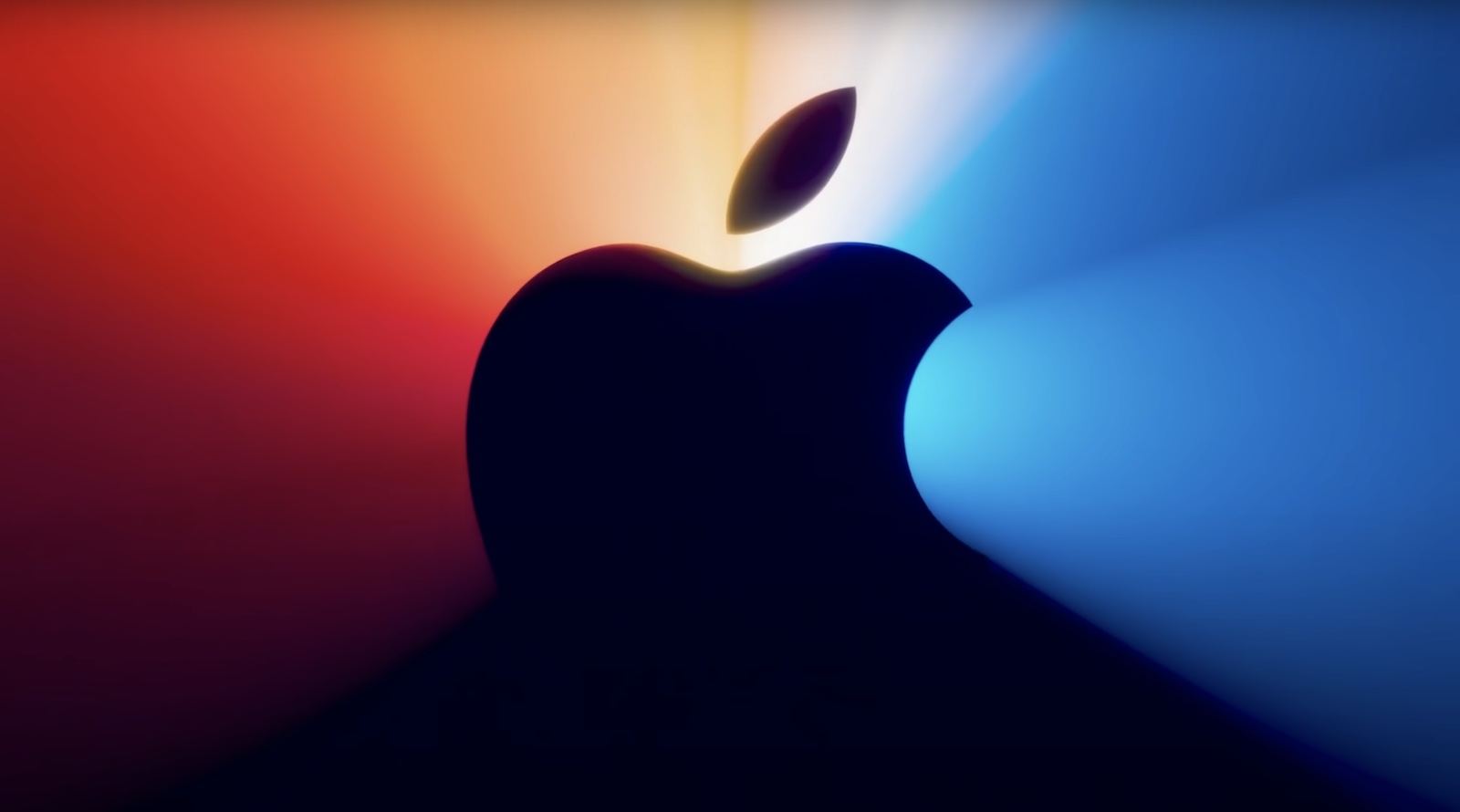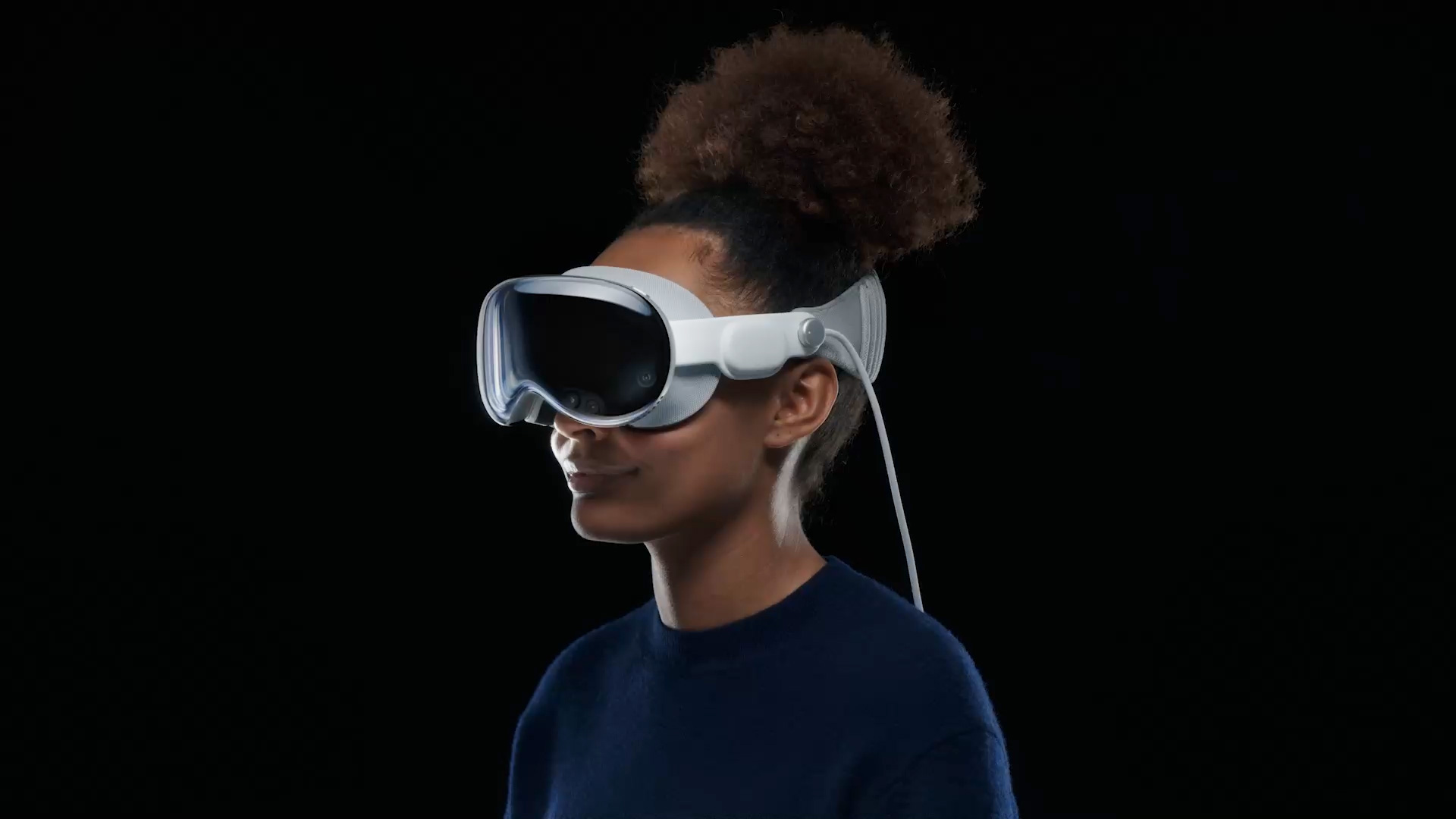Real life 6G speed tests revealed by Japanese tech giants — 100Gb/s transmissions could become the norm for mainstream wireless network data transfer within a few years
[[{“value”:”
A consortium of Japanese technology behemoths, including NTT DOCOMO, NTT, NEC, and Fujitsu, have revealed the results of their real-world 6G speed tests.
The ground-breaking achievement shows the group’s ability to achieve ultra-high-speed 100Gb/s data transmission, marking a pivotal moment in the advent of the 6G wireless communication era.
The four firms, which have been working together on the project since 2021, jointly developed a sub-terahertz 6G device and demonstrated its proficiency in 100Gb/s transmissions in the 100GHz and 300GHz bands over distances of up to 100 meters. The achievement is exceptionally noteworthy as it is approximately 20 times faster than the current 5G maximum data rate of 4.9Gb/s.
(Image credit: Fujitsu )
Setting the 6G standard
Each of the four companies brings a particular expertise to the project: DOCOMO developed the wireless equipment capable of handling these enormous data rates, NTT developed a device capable of transmitting 100Gb/s per channel, NEC contributed a multi-element active phased array antenna, and Fujitsu showcased world-leading efficiency in a high-output power amplifier.
Despite the hurdles associated with the higher frequencies of the sub-terahertz band, the companies believe high-capacity wireless communication is obtainable. Leveraging each company’s strengths, they pledge to continue their collaborative R&D efforts to set the standard for 6G telecommunications.
When 6G eventually becomes mainstream, it is predicted to support diverse applications such as ultra-HD video streaming and real-time control in autonomous vehicles. 6G technology like this could see 100Gb/s transmission speeds potentially becoming the new norm.
The key assumption for these findings is uncontested achievement in 100Gbps transmission over a distance of 100 meters in the 100GHz and 300GHz bands, and the attainment of an equivalent isotropic radiation power of 50 dBm. It’s important to note that the actual data rates may vary based on the communication environment and network congestion.
More from TechRadar Pro
Japanese scientists close in on petabit-class submarine cable tech6G mobile networks could reach one terabit per secondRevolutionary Wi-Fi tech that can cover two miles hits key milestone
“}]]




